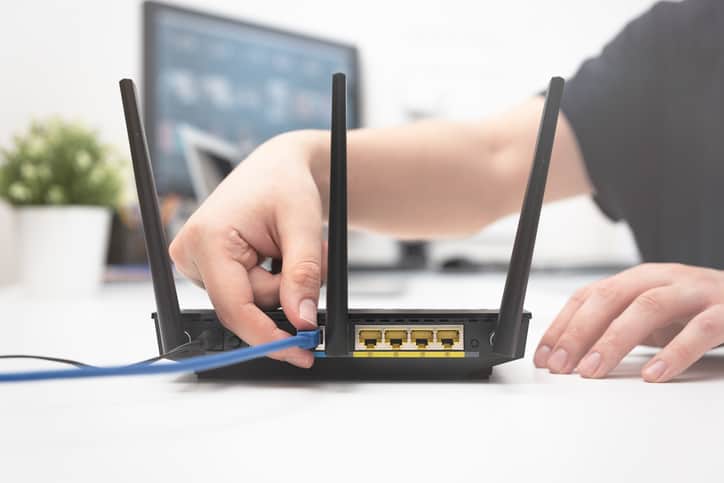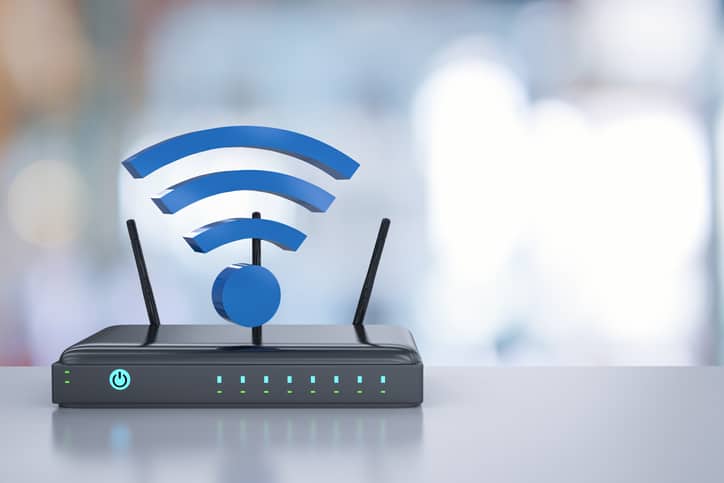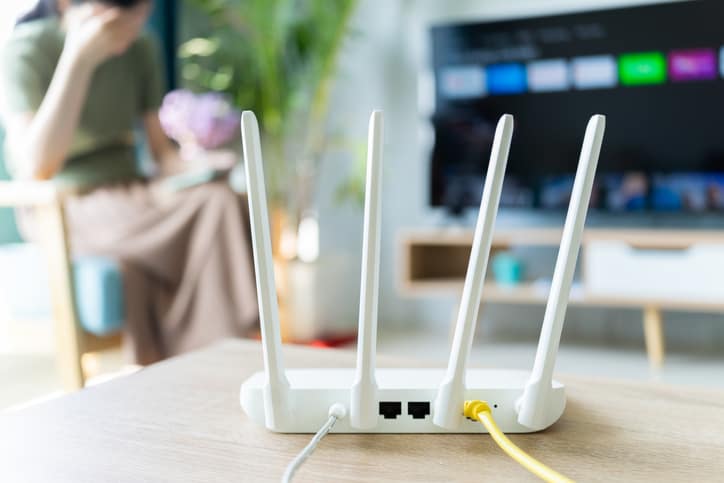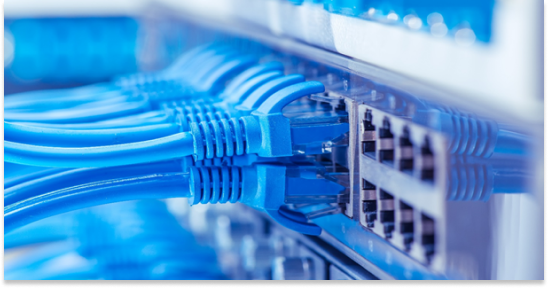What is a Dual WAN Router?

What is a Dual WAN Router?
What is a Dual WAN Router? To support an internet failover connection, your internet router must be able to connect to two internet connections at once and have the software to support failover capabilities. A dual WAN failover router is an internet router that inputs and outputs over two separate internet connections.
Typically, businesses use a dual WAN router with one wired and one wireless port to support failover for cable internet. If your business relies on installed mobile internet as your primary internet connection, though, you should choose a wireless router with multiple SIM slots instead.

Let’s take a closer look at these two kinds of dual WAN routers, as well as their redundancy and load-balancing functions.
Dual WAN Failover Routers For One Cable and one Wireless Connection
To be effective, your internet failover needs to kick in as soon as your business’s cable internet connection goes down. Ideally, there should be no gap in coverage between the time your primary internet connection fails and your failover connection jumps into action. The right hardware, i.e. a router that can support both a wired and wireless connection, makes this possible.
With a dual WAN internet router, your wireless failover immediately activates whenever your primary connection goes offline. As soon as the router stops detecting a wired connection, it will automatically connect to 5G or 4G LTE. The transition between the two internet connections is seamless, so your business will never lose access to critical applications – even temporarily.
If you have a strong cable internet connection, you probably only need to use your failover connection when something goes wrong with your primary connection. To enable this type of failover function, set your router settings on redundancy rather than load balancing.
A Solution for Wireless Connections
For some rural businesses, cable internet isn’t an option. If your business uses installed mobile internet as a primary internet connection, you can still benefit from adding a second wireless connection as a failover. A second 5G or 4G LTE connection can diversify your wireless networks and keep you online if your primary network loses connection.
If you use mobile data as both a primary and failover internet connection, consider using the load balancing function in your router settings, rather than the redundancy function. Load balancing evenly distributes all the data packets from any download or upload between your two wireless connections, sharing the burden of the download or upload between two networks.
The load balancing function lets you utilize both connections at once, which can build coverage and speeds in rural areas. You’ll still have all the functionality of a failover internet connection, but you’ll also have more reliable and faster service while you’re using your primary connection.

If you have mobile data plans with a data cap or data throttling, the load balancing function also helps you stay under your monthly data limit, since it evenly distributes internet data between both your connections.
How to Install the Router
Where you put your cable internet modem doesn’t really matter, since the modem has a wired connection to your neighborhood’s cable network. That’s not the case with air cards, which are the wireless 5G and 4G LTE modems built into your dual WAN router. Where you install your wireless router actually does have an effect on the speed and reliability of your failover connection.
Mobile data uses radio waves to transfer data. As these radio waves pass through any material, the permeability of that material affects the strength of the wave and, therefore, the strength of your cellular signal. Permeable materials like glass, wood, and stone don’t really affect your cellular signal, but impermeable materials like water, metal, or other conductors of electricity will reduce your signal strength.
To maximize your cellular signal strength, install your dual WAN router where there are the fewest impermeable obstructions between the aircard in your router and the nearest cellular tower. For best results, use a tool like cellmapper.net to find the nearest tower, then place your networking equipment (including your booster antenna if applicable) in a place where interference is minimal. If your building has a steel frame, for example, install your router or antenna in a window facing the nearest tower to minimize interference and maximize speeds.
Please feel free to share your experience about a dual WAN router with our audience or check out the best router for you at Evdo Depot USA !





